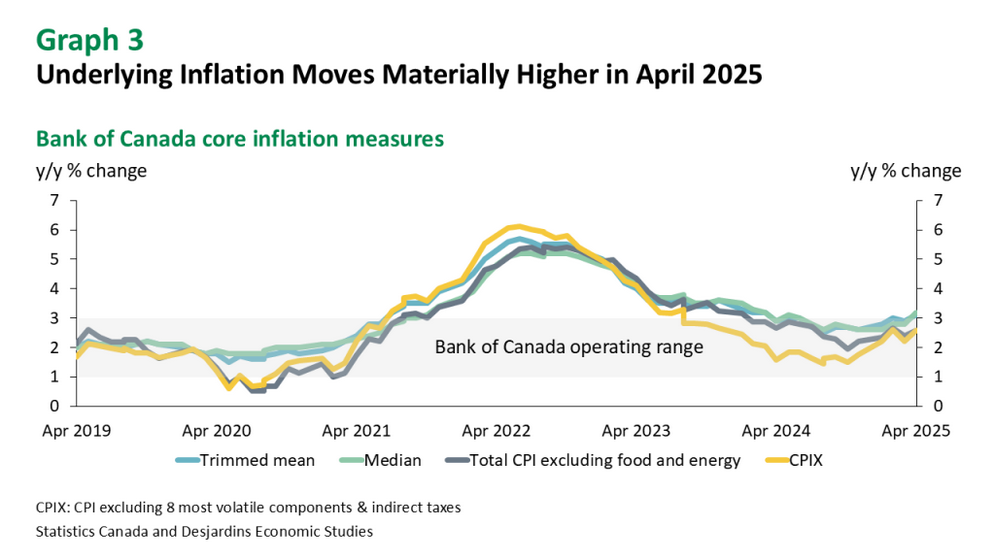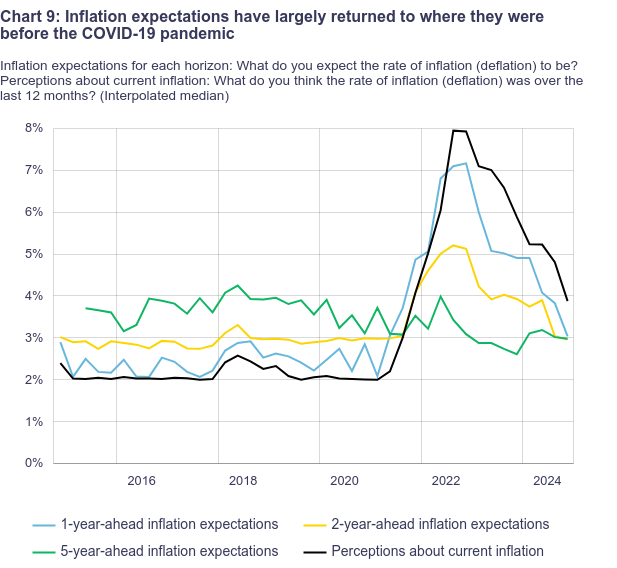Durham Region Transit
Bargaining Information
ToK Transit York Region Transit (UFCW)
- 25% over 6 year agreement.
TTC ATU
- April 1, 2024 – 4.79%
- April 1, 2025 – 4.25%
- April 1, 2026 – 4.00%
TTC Canadian Union of Public Employees, Local 5089
- 2022: 3.8%
- 2023: 3%
- 2024: 3%
- 2025: 3%
| Classification | Wage (2025) |
|---|---|
| Transit fare inspector | $35.40-$44.26 |
| Protective services guard | $33.60-$42.01 |
| Transit enforcement officer | $41.75-$52.18 |
Kingston Access Bus
| Current | Ratification | January 1,2025 | January 1, 2026 | January 1, 2027 | |
|---|---|---|---|---|---|
| Increase (flat rate) | $1.50 | $2.00 | $1.50 | $2.00 | |
| Full time | $25.61 | $27.11 | $29.11 | $30.61 | $32.61 |
ATU Brantford
| Classification | 2024 | 2025 |
|---|---|---|
| Operator/Dispatcher | 30.84 | 31.46 |
Unifor Oakville
| Classification | Wage |
|---|---|
| Driver | 33.8 |
| Specialized Service | 35.29 |
| Utility Serviceperson | 30.41 |
| Mechanical Serviceperson | 33.39 |
| Electronic Technician | 40.18 |
| Mechanic | 42.44 |
ATU Ottawa (OC Transpo)
- April 1, 2023 – 1.8%
- April 1, 2024 – 2%
Niagara
- 3% every year to 2027
Driver wage rates in logistics
DHL Bargaining Brief with some related wage comparisons outside the Transit subsector:
https://unifor.unionresearch.ca/mrr/briefs/dhl-bargining-2024/#headline-18
Inflation
| Year | CPI | CPI Annual |
|---|---|---|
| 2018 | 133.4 | 2.30% |
| 2019 | 136 | 1.95% |
| 2020 | 137 | 0.74% |
| 2021 | 141.6 | 3.36% |
| 2022 | 151.2 | 6.78% |
| 2023 | 157.1 | 3.90% |
| 2024 | 161.8 | 2.4% |
| 2025 | 163.5 | ~ 2.3% |
Several private banks in Canada have been monitoring the inflation rate and have said the following:
TD Economics outlines the BoC's own favour version of CPI is not falling fast:
Progress in a decline towards the target rate of 2% has stalled. The BoC Inflation (average of CPI-Trim and CPI-Median) is 2.8 for 2025, 2.2 for 2026 and then returning to target.
RBC outlines:
Bank of Canada preferred inflation measure grew unexpectedly in February above 3% and firms surveyed indicated they expect inflation to rise if tariffs are imposed (which they have been).
Desjardins:

The Bank of Canada itself has outlined that consumer expectations of inflation are at minimum 3% for one year ahead.

These estimates are before the escalation of the global trade war launched by USA President Trump. Inflation expectations since have skyrocketed along with recession fears.
Settlements
Statistics Canada is reporting that, as of February 2025, year-over-year earnings change in Ontario's Wholesale, Trade are an increase of 2.1%. This indicates that there has been a significant decline in labour market-related wage growth pressure. Likely because of a decline in expected activity in the face of the trade war.
Unifor's Settlements in the Road Transportation sector for 2024 average 4% and in 2025 average above 3%.
The most recent wholesale and distribution settlements I have are recorded are below:
| Sector | Prov | Local | Company | Ave | 2024 | 2025 | 2026 |
|---|---|---|---|---|---|---|---|
| Wholesale - Distribution | Ontario | 27 | HCL Logistics Inc. | 5.76% | 8.15% | 5.56% | 3.57% |
| Wholesale - Distribution | Ontario | 1285 | Martin Brower Oshawa | 2.75% | 3.50% | 2.00% |
Other Salaries (2024)
Bear in mind that these are just those making about $100K, so the "Average" and "Median" values below are not real because they exclude those not on the list. But, they do give an idea of the upper range for each of these classifications.
| Employer | Job Title | # on list | MAX(Salary) | AVG(Salary) | MEDIAN(Salary) |
|---|---|---|---|---|---|
| City Of Burlington | Transit Operator | 15 | 143594.05 | 112758.28 | 107082.87 |
| City Of Guelph | Transit Operator | 1 | 100621.28 | 100621.28 | 100621.28 |
| City Of Hamilton | Transit Operator | 59 | 120611.24 | 107479.16 | 107080.17 |
| City Of Mississauga | Transit Operator | 338 | 155838.73 | 117038.84 | 114155.62 |
| City Of Ottawa | Transit Supervisor | 44 | 194455.03 | 124545.88 | 114250.44 |
| City Of Thunder Bay | Transit Operator | 2 | 106142.82 | 104193.88 | 104193.88 |
| City Of Toronto - TTC | Operator | 2057 | 183645.49 | 110601.86 | 107113.80 |
| City Of Woodstock | Transit Supervisor | 1 | 110116.99 | 110116.99 | 110116.99 |
| Durham | Transit - Conventional Operator | 7 | 118929.96 | 109313.20 | 109162.95 |
| Durham | Transit - Supervisor | 20 | 171785.52 | 128284.31 | 121107.25 |
| Town Of Halton Hills | Transit Supervisor | 1 | 117376.07 | 117376.07 | 117376.07 |
Durham Region background
Municipalities in Durham Region
- Ajax
- Brock
- Clarington
- Oshawa
- Pickering
- Scugog
- Uxbridge
- Whitby
Demographic Stats
Stats from StatCan and Durham Region information report (2021).
- Durham Region has grown by over 100K people (16% growth) between 2011 and 2021.
- 2/3rds of Durham population growth is driven by immigration.
- The household growth for the five-year period from May 2016 to May 2021 was 7.25%
- The short-term forecasts indicate that in the next five years Durham’s population is
- projected to increase from 713,680 (2021) to 805,200 in 2026.
- Durham Region’s population is expected to grow to 1,300,000 by 2051
- Current number of households in Durham is projected to increase from 244,385 (2021) to approximately 277,410 in 2026.
-
Durham Region post-secondary student population continues to grow, reaching more than 30,000 students annually.
- Durham College, Ontario Tech University and Trent University.
- Tourism in Durham region including sports and leisure activities for the region is expected to continue to grow in economic importance and public transit is an essential part to support that expansion.
Budget Meeting
Durham budget council meeting (where the vote on the budget takes place):
-
March 27, 2024
- 2024 Property Tax Supported Business Plans and Budget
- 2024 Property Tax Strategy
ITF Transit Manifesto
The manifesto is built on the following four principles:
- Sustainable investment in public transport system expansion and improvement is an investment in our collective future.
- Sustainable funding models fit to the specific circumstances of different public transport systems are urgently needed.
- Along with sustainable funding and investment, fare structures must support marginalised passengers and facilitate a rapid increase in public transport ridership.
- Sustainable investment, funding and fares policies must support publicly owned and democratically controlled integrated systems that meet universal goals.
Unifor Transit Policy Language
- General draft language for letters to transit agencies and councillors:
Transit services are essential in sustaining a health economy. With limited labour supply and wage growth in the private sector, sustaining levels of employment in transit services already facing large wage disparities is going to require extra financial support. Without sufficient funding, our transit services will move from crisis to crisis, undermining public trust in transit.
Unifor's 2022 National Transit Policy set out several priorities and recommendations, including:
- Investment in public transit service and infrastructure: Ongoing permanent federal funding towards operations, maintenance, infrastructure and vehicle/fleet upgrades and replacement is needed to increase transit service speed, frequency, coverage and reliability. We must also resist further attempts to privatize our local transit systems to private corporations that put profits before the needs of our transit workers and riders (including potential riders). Transit should be based on the needs of people in our communities, rather than on where the most money can be made.
- The federal government must develop a National Public Transit Strategy in collaboration with key transit stakeholders
- The federal government should develop a permanent and sustainable National Public Transit Fund
- Support the transition to electric, zero-emission transit vehicles and fleets, procured and manufactured in unionized Canadian facilities
- Creating a safe, affordable, equitable and accessible public transit system
- Development of a set of national transit safety standards that will ensure greater health and safety for both transit workers and riders
- Continue pushing all levels of government for labour relations and employment standards reforms that will benefit transit workers and improve overall job quality
Unifor call on all levels of government to address the growing transit crisis and move to fill the funding shortfall including with contracted transit operators to allow for sustainable and competitive wage growth.
 Marine Road Rail
Marine Road Rail